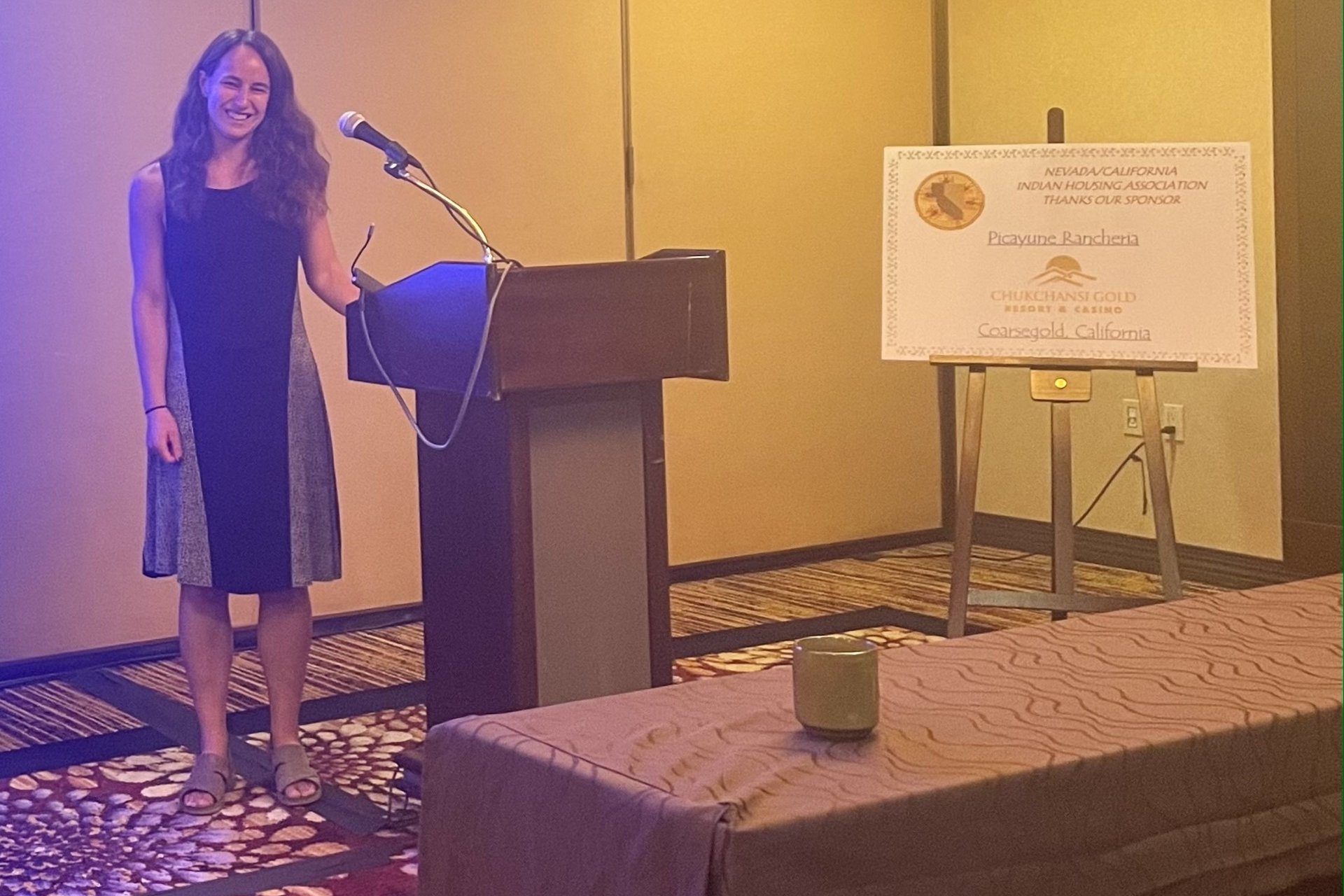Electric Utility Forward Purchasing in the Western Bilateral Wholesale Electricity Market
Jack Rehnborg, Bioengineering BA '23, MS '24
Graduate Fellow
Western Interstate Energy Board

A summer thunderstorm has gathered in the mountains outside of Leadville, Colorado, and is moving quickly down the front slope towards a solar farm about 50 miles south of Denver. I am shadowing a power trader as part of my internship at the Western Interstate Energy Board (WIEB), and together we watch a monitor as the forecast for that solar farm's output falls. The monitor is one of eight machines used to manage the incredible puzzle of matching electricity supply and demand each minute of every day. Seeing the change in forecast, the trader immediately gets on the phone, telling a power plant somewhere to the east of Denver to increase its production. Similar scenes are playing out across the rest of the trading desk of the Colorado utility I am visiting with Alan, my partner for the summer. As part of our project for the WIEB, we are interviewing utilities and other market participants across the West to compile a report outlining the trends of the bilateral western power markets.
The rapid pace of the trading floor puts a strong image to the themes we have heard trading and risk management personnel across the West speak about for the entire summer. First and foremost, everyone we talk to feels that the task they are charged with has gotten dramatically more difficult over the past decade. With the retirements of a significant amount of fossil-fuel energy resources, it has become much harder to operate the power system. Renewable resources produce electricity on hard-to-predict schedules, leaving operators with the difficult challenge of rapidly ramping up and down the production from natural gas plants, coal plants and hydro resources to balance the system and keep the lights on.
One tool they can use to do this is the bilateral power market, where utilities and other power generating entities in the West buy and sell power from each other in order to meet their demand in the most cost-effective way possible. It is increasingly important for regulators to understand this market, as they have a big impact on the price and reliability of electric service in the West. In addition, there are numerous legislative efforts that will have a big impact on these markets over the next few years. However, transaction data from this market is hard, if not impossible, to find, which has traditionally made the trends in these markets inscrutable to legislators. By interviewing over 20 utilities and market participants, we have been able to build a strong understanding of how traders in different roles believe the markets have changed and where they might go in the future. We think we’ve found some dramatic and under-reported trends, and are very excited to share our learnings with regulators at the end of the month.
Our work this summer would have been impossible without the deep connections WIEB has throughout the industry. It has been amazing to see our requests for meetings with prominent experts at important organizations met so quickly, and our pace of learning has been incredible as a result. Utilities seem to understand that the WIEB is uniquely positioned to share their observations and challenges to regulators in a constructive way.
Personally, my experience this summer has strongly reinforced my desire to enter the industry after school. Many of the most difficult energy transition challenges are dealt with every day by utilities' trading and resource management teams. Keeping the lights on seems like a pretty cool job!
Alan and I have also taken advantage of being in Denver for the summer by exploring the mountains and rivers of Colorado. Our whitewater rafting experience in Buena Vista was especially memorable, and we are both eager to visit the Denver area again in the future.



